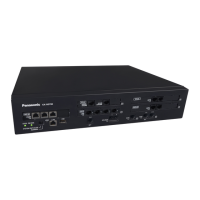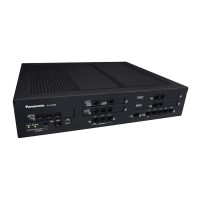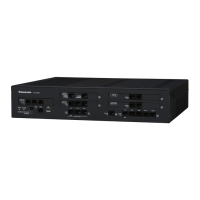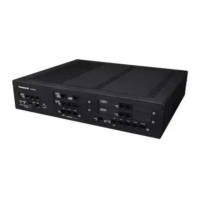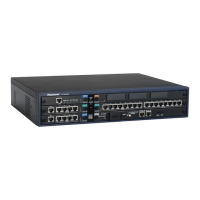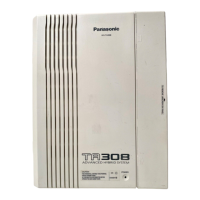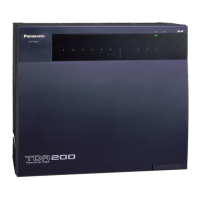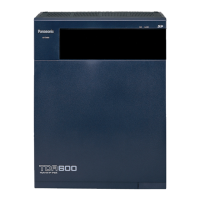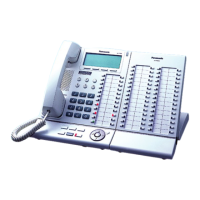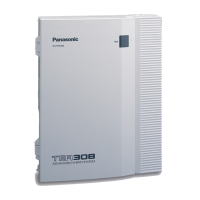A conference requires additional resources, Y, for handling the multiple voice channels. Also, in standard
two-way conversations, analogue lines generally do not require any DSP resources, but in a conference they
do. In addition, IP trunks in a conference require additional DSP resources.
For this example, then, the number of required resources is X + X + X + X + Y + Z + W.
DSP usage graph
The PBX keeps a record of the maximum DSP usage per hour for each of the following features/services. A
graph can then be displayed in Web Maintenance Console showing trends in DSP usage over time, as well
as the number of calls and operations that could not be performed due to lack of resources.
• VoIP (IP trunk, IP extension and IP-CS usage)
• Conference
• Unified Messaging
• OGM
• Two-way Recording
The graph also shows the amount of free resources and the total resource use.
Conditions
[General]
• Most internal VoIP calls require no resources because IP phones connect over a P2P connection
(® 5.2.3 Peer-to-Peer (P2P) Connection). That is, the phones themselves do the signal processing without
consuming PBX resources. The PBX simply performs the initial connection.
• Telephones and trunk lines connected via a legacy gateway (® 5.3.1 Stacking Connection) use the same
number of resources as analogue telephones and trunks connected directly to the PBX.
• One-look Networking (® 4.2 One-look Networking)
DSP resources are not shared between sites.
[DSP usage graph]
• The most recent 30 days of DSP usage is recorded.
• The scale of the graph can be set to 1-hour, 4-hour, or 24-hour intervals.
• One-look Networking (® 4.2 One-look Networking)
The data for all PBXs are stored on the Master unit.
Installation Manual References
2.3.3 System Capacity—DSP Resources
4.3.3 DSP S Card (KX-NS0110), DSP M Card (KX-NS0111), DSP L Card (KX-NS0112)
Feature Guide 477
5.5.4 DSP Resource Usage
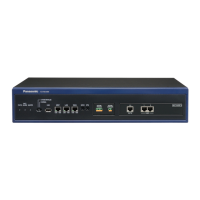
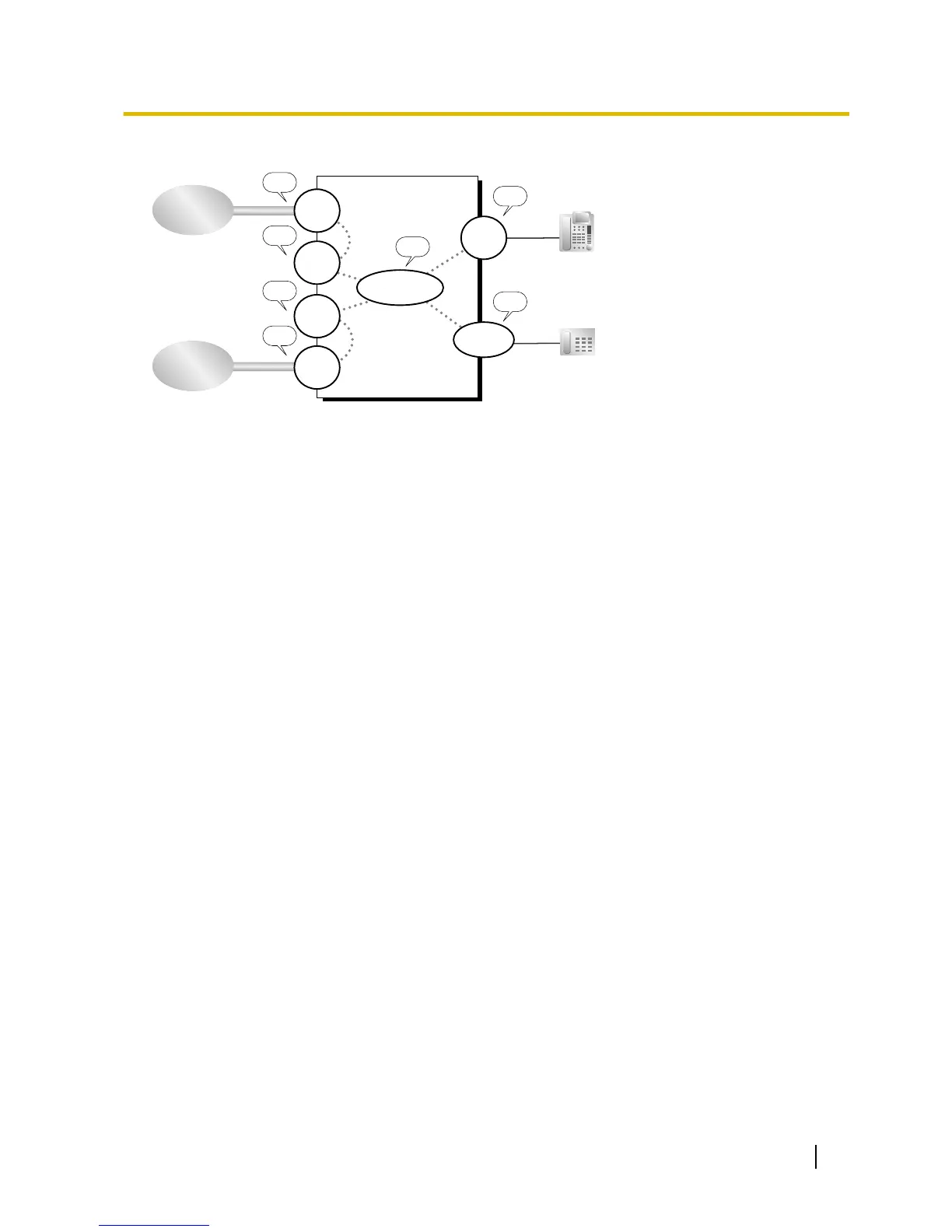